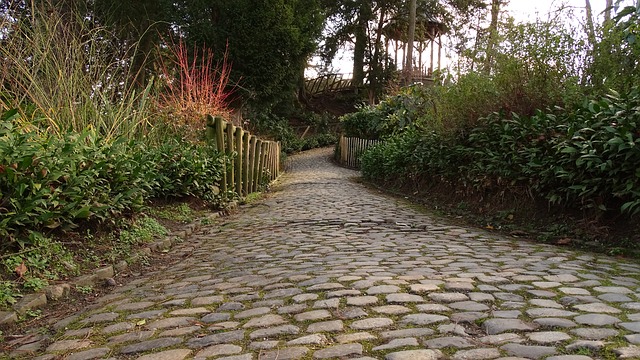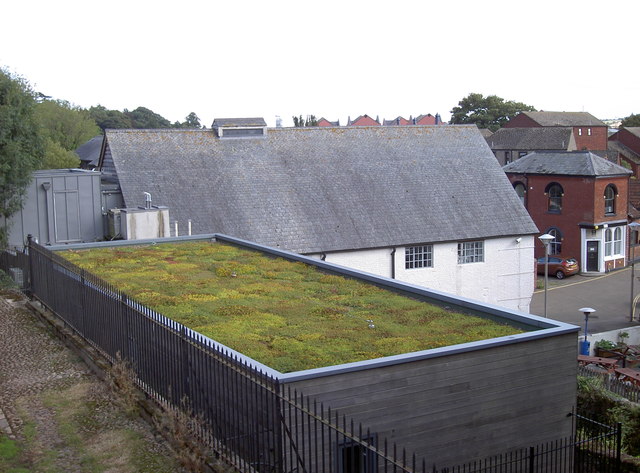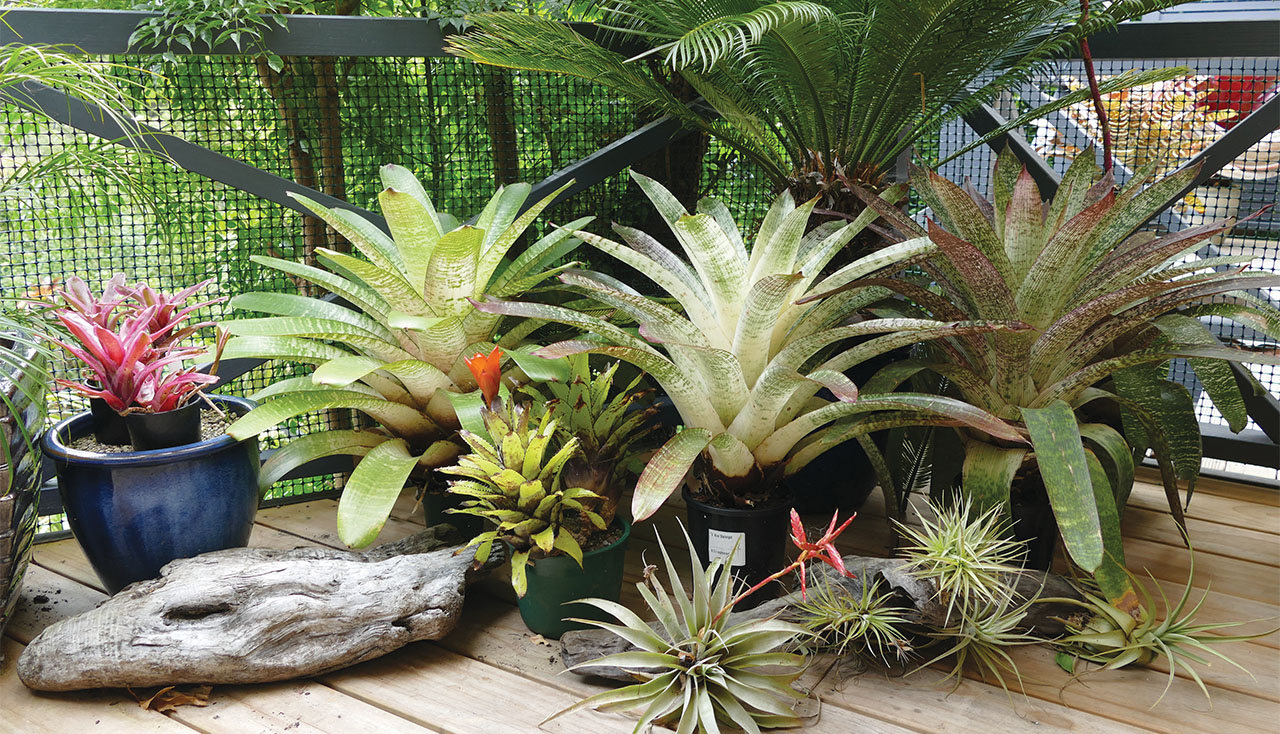Summary
– Step 1: Scarify your lawn
– Step 2: Aerate your lawn
– Step 3: Replenish your lawn
– Step 4: Reclaim your lawn
Vigorous winter, prolonged drought, damage caused by rodents or only a lawn that is suffering from lack of care over several seasons, your property needs a little renovation. These operations require little skill, just a little physical effort.
Here’s how to properly maintain your lawn.
Lawn Care Equipment Needed
| Manual Scarifier |
| Manual Wheeled Scarifier |
| Electric Scarifier |
| Aerator Skates |
| Spade fork |
| Aerator core drill |
| Rake |
| Spade |
| Special turf potting soil |
| Lawn roller |
| Watering can |
1. Scarify your lawn
Principle of scarification
Scarifying or defeathering a lawn consists of scratching the soil to a depth of 2 to 4 mm to:
– remove the layer of thatch (or felt) existing between the soil and the lawn;
– uproot weeds;
– improve lawn growth and increase water penetration.
Types of scarifiers exist:
– the manual scarifier with handle, resembling a rake;
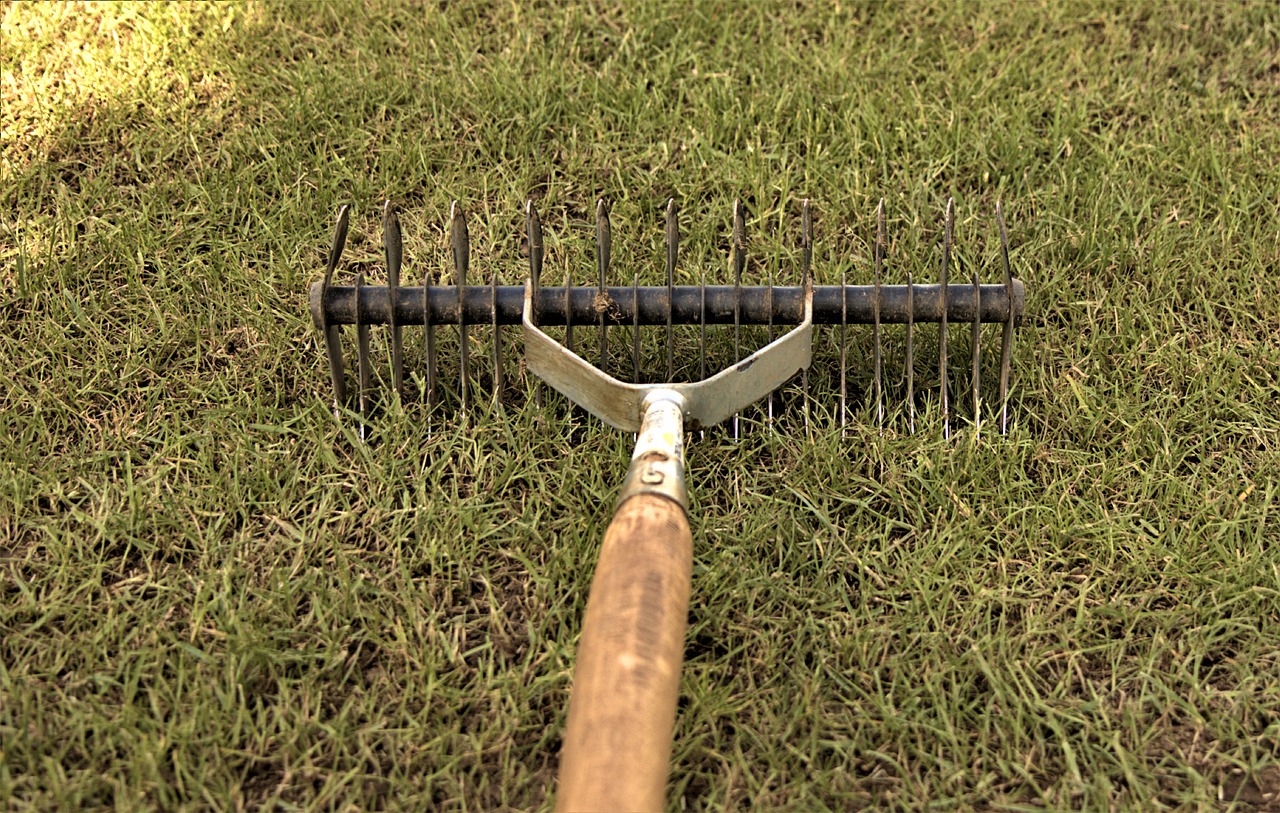
– the manual scarifier equipped with wheels;
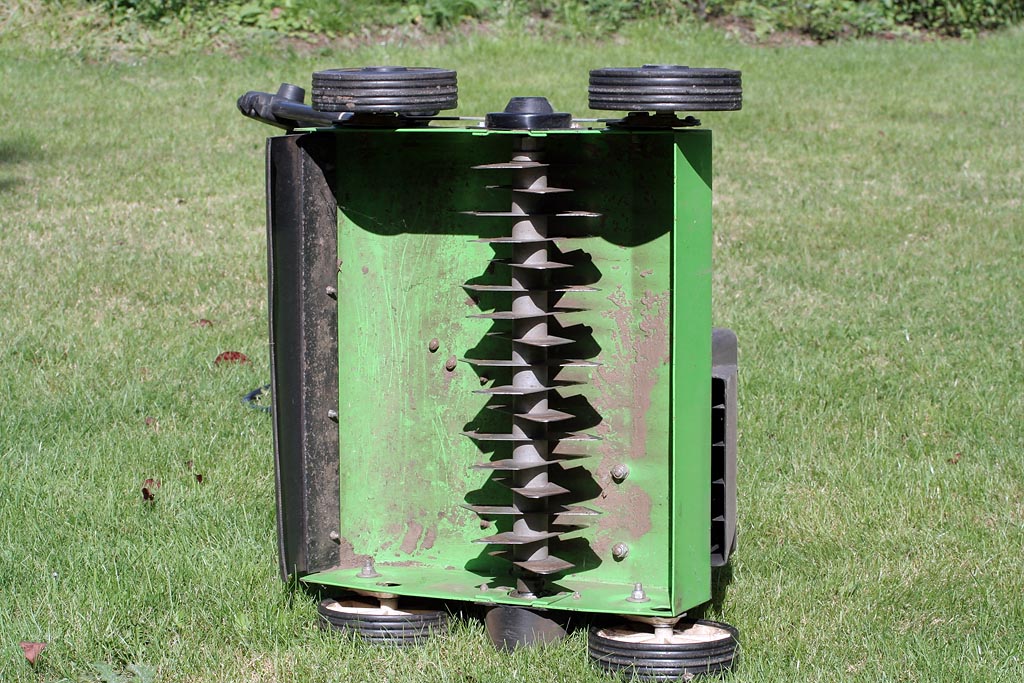
– the electric scarifier with blades, more powerful and therefore more efficient.
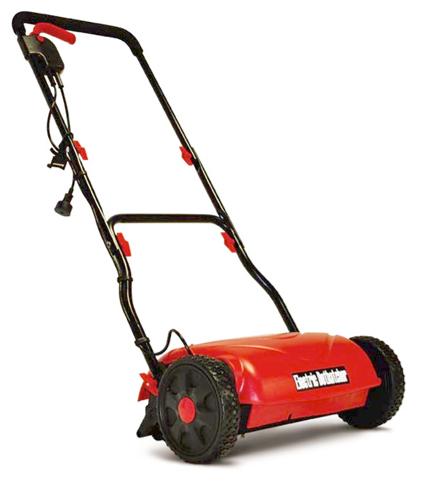
When and how to scarify?
Scarify your lawn twice a year in spring and autumn.
To scarify your lawn:
– Mow your lawn short enough.
– Work on slightly damp ground, if necessary water your lawn beforehand.
– Scarify with a scarifier:
◦ incross passes to check the ground;
◦ the scarification depth must not exceed 5 mm to avoid damaging the roots of the lawn.
– Carefully collect the waste.
Your lawn looks a little overturned, and it’s perfectly normal! Avoid trampling it for the next few days. It will regain the vigour and beauty of its early youth in a few days.
2. Aerate your lawn
Principle
The aeration of a lawn helps to promote:
– the infiltration of water and nutrients, more efficiently;
– the penetration of oxygen;
– the activity of soil micro-organisms;
– the root development of the plant.
Method
Aerate your lawn twice a year in spring and fall.
Several techniques are possible:
The aerator skates you fix under your shoes are not very practical because their holes are not deep enough and the method is tedious.
– With a spading fork:
◦ Push the fork about 15 cm into the ground every 15 cm.
◦ Widen the holes.
– With the corer aerator, a hollow tine fork is used to remove “cores” of soil from the ground. Let the cores decompose in place.
– Mechanical corer (preferable to rental): reserved for large areas.
Then, you can take advantage of this aeration to amend according to the nature of the soil.
3. Cover your lawn
Principle
Re-seeding a lawn consists of over-seeding an area that has already been seeded, but is scattered or considered insufficiently dense.
It is preferable to use an overseeded lawn, the seeds are coated and do not attract birds and germination is faster.
Method
Relining is done in early spring or fall, so you don’t have to worry about watering.
To replenish your lawn:
– Mow your lawn.
– Scarify the soil to remove thatch.
– Remove rocks, roots, etc.
– Spread the seeds evenly by hand (preferably in the absence of wind), and by squaring the area to be filled.
– Cover the area with a thin layer of soil.
– Pass the roller to soak the seeds into the earth, but without compacting it.
– Water in a fine rain and maintain humidity to facilitate germination.
– Avoid walking in this area for at least 3 weeks.
4. Take back your lawn
Principle
Repairing damaged or bald spots in a lawn should be done as soon as possible, first for aesthetic reasons and then prevent weeds from occupying the area.
If the damage is due to a pest, ensure the treatment has been effective and do not replant too quickly.
Method
These repairs should be done from mid-May to mid-June, or from mid-August to mid-September.
For new sowing:
– Remove damaged or dead lawn.
– Stir the soil to a depth of about 10 cm with a spade.
– Seed the turf areas with grass fill.
– Cover with a thin layer of topsoil.
– Water the soil.
– Mow the lawn 20 days later, setting the blade to the highest cutting height.
For installation in rolls:
This solution allows you to benefit from an aesthetically pleasing lawn quickly. Rolled turf can be laid throughout the entire season from spring to autumn.
– Cut out the area to be planted with the spade, give it a right-angled shape by biting on the healthy part if necessary.
– Remove the old lawn.
– Remove the excess soil to ensure that the patches are flush with the ground.
– Lay or unroll the plates.
– Gently trample the new lawn so that it comes into contact with the ground.
– Water thoroughly for several days.
– Mow when the stems reach a height of about 8 cm.
Hope the above helps you out. Should you be looking for a professional gardener, CHURCH STREET GARDEN SERVICES is the name to remember in Melbourne.
You can read more here:

